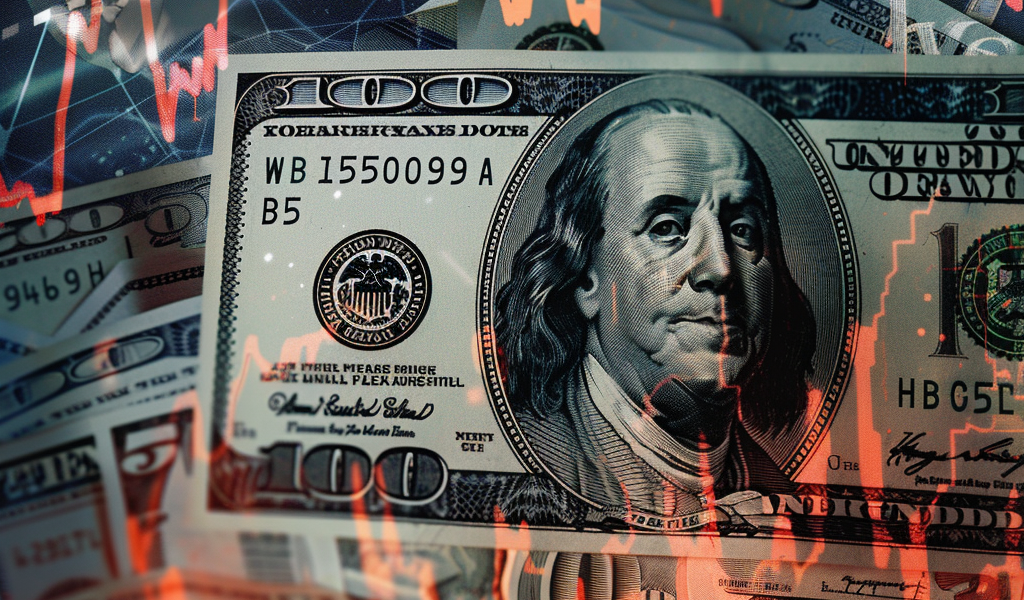The US Dollar is experiencing a decline in value against other major currencies as Treasury yields drop, leading to a subdued trading session and a potential weekly loss. This shift comes after the Dollar reached its peak earlier in the week, the highest level since November 1. The decrease in Treasury yields has been a key factor in this downward trend.
Global events, including a limited military strike by Israel against Iran, have contributed to the decline in Treasury yields. The strike, following reports of explosions near Isfahan airport in Iran, has prompted investors to seek safe-haven assets, impacting the Dollar’s performance. Additionally, comments from Federal Reserve officials have played a role in shaping market sentiment.
Recent statements from Fed officials indicate a change in the outlook for US interest rates, suggesting that rates may remain elevated for a longer period. New York Fed President John Williams highlighted the strength of the economy as a reason to delay rate cuts. Other Fed leaders, such as Raphael Bostic and Neel Kashkari, have also hinted at a more cautious approach, with potential rate adjustments not expected until late 2024 or even 2025.
Positive economic indicators, such as the Philadelphia Fed’s manufacturing survey surpassing expectations, point to a resilient manufacturing sector and overall economic strength in the US. Despite global uncertainties, these indicators support the Fed’s decision to maintain higher interest rates.
Looking ahead, with the Federal Reserve’s commitment to keeping rates elevated and the possibility of increased safe-haven demand, the US Dollar faces continued pressure in the near term. Investors will closely monitor economic data releases and geopolitical developments for further insights into the Dollar’s performance.





